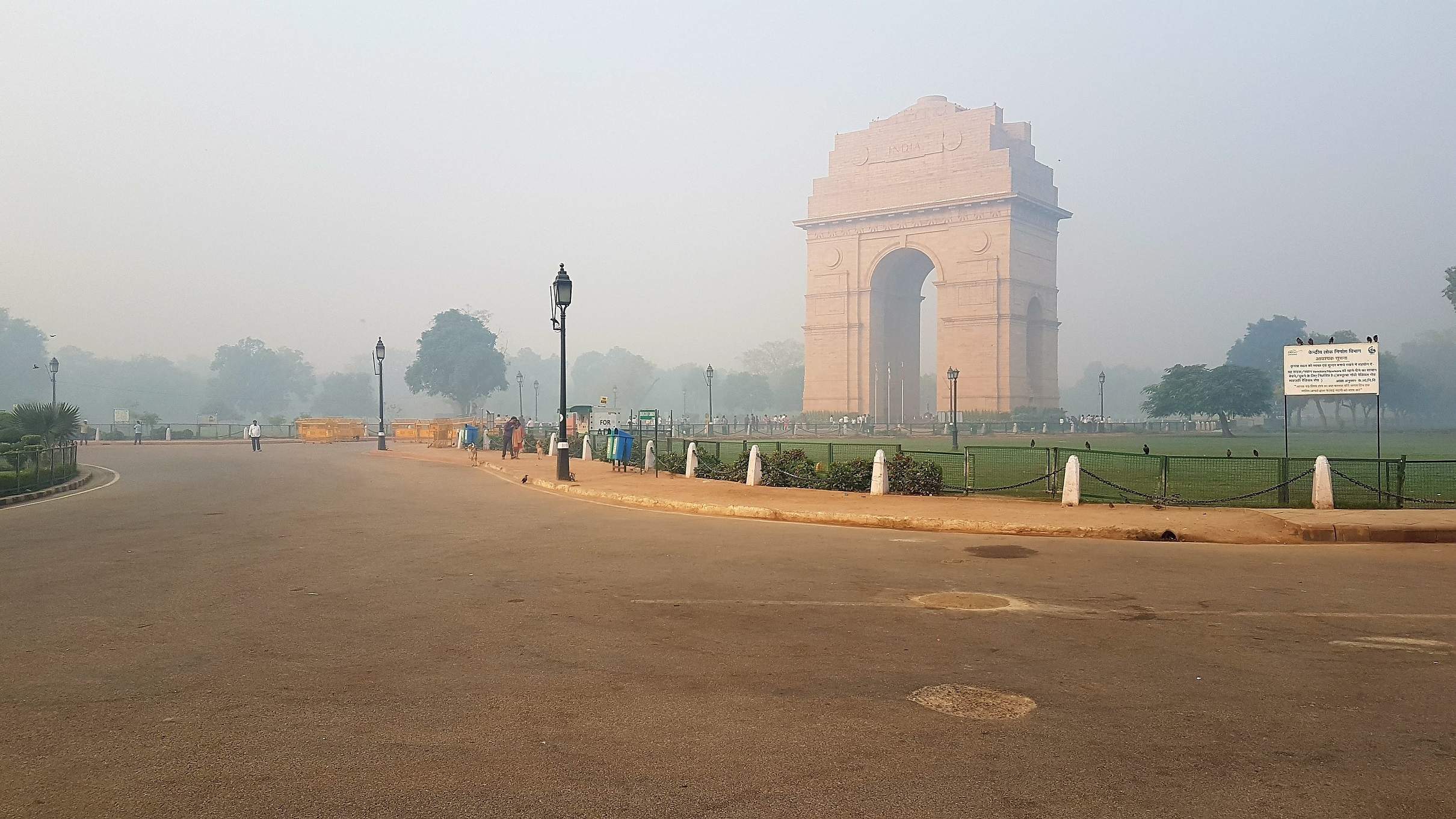
This weekend, US airline United Airlines suspended its Newark-New Delhi flight as a result of pollution levels in the Indian capital.
The flights resumed on Monday morning, however, it demonstrates what is going on in India at the moment.
Last week, the Delhi government declared a public health emergency as smog levels spiked in the city.
Why is it so bad?
What’s going on with the New Delhi pollution levels?
Delhi’s chief minister, Arvin Kerjriwal, said New Delhi has turned into a “gas chamber” because of the high pollution levels.
In the city’s air, PM2.5 particles have reached levels of more than 700 micrograms per cubic metre. According to guidance from the World Health Organisation (WHO), levels above 300 are considered hazardous.
How well do you really know your competitors?
Access the most comprehensive Company Profiles on the market, powered by GlobalData. Save hours of research. Gain competitive edge.

Thank you!
Your download email will arrive shortly
Not ready to buy yet? Download a free sample
We are confident about the unique quality of our Company Profiles. However, we want you to make the most beneficial decision for your business, so we offer a free sample that you can download by submitting the below form
By GlobalDataPM 2.5 particles create respiratory issues and are the leading environmental cause of death. It is thought the particles killed around 4.2m people worldwide in 2015 according to this year’s State of Global Air Report.
Around 50 percent of these deaths occurred in India and China.
Why is the air so bad in New Delhi? The country relies on coal for energy, which is one reason why pollution is so bad. As well, this year’s spike is also blamed on illegal crop burning in India’s northern states as well as vehicle exhausts and dust.
The report also said Bangladesh and India have experienced the steepest increases in air pollutions levels since 2010.
Pollution levels are on the rise across the world
According to a report by the Global Carbon Project published today, India is now the third most polluting country in the world.
The report, published during the final day on the United Nation’s Climate Change Conference, reveals that global carbon pollution rose this year for the first time in three straight years. Worldwide carbon dioxide (CO2) emissions are up about two percent, with estimated 40.8bn tons of CO2 thought to be in the atmosphere in 2017.
The aim of this year’s UN conference is to come up with rules for the 2015 Paris Climate Change agreement. The deal wants to limit temperature rise to 2 degrees Celsius.
Michael Oppenheimer, climate scientist at Princeton University, said:
It was tough enough and if this paper is indicative of long-term trends, it just got tougher.







